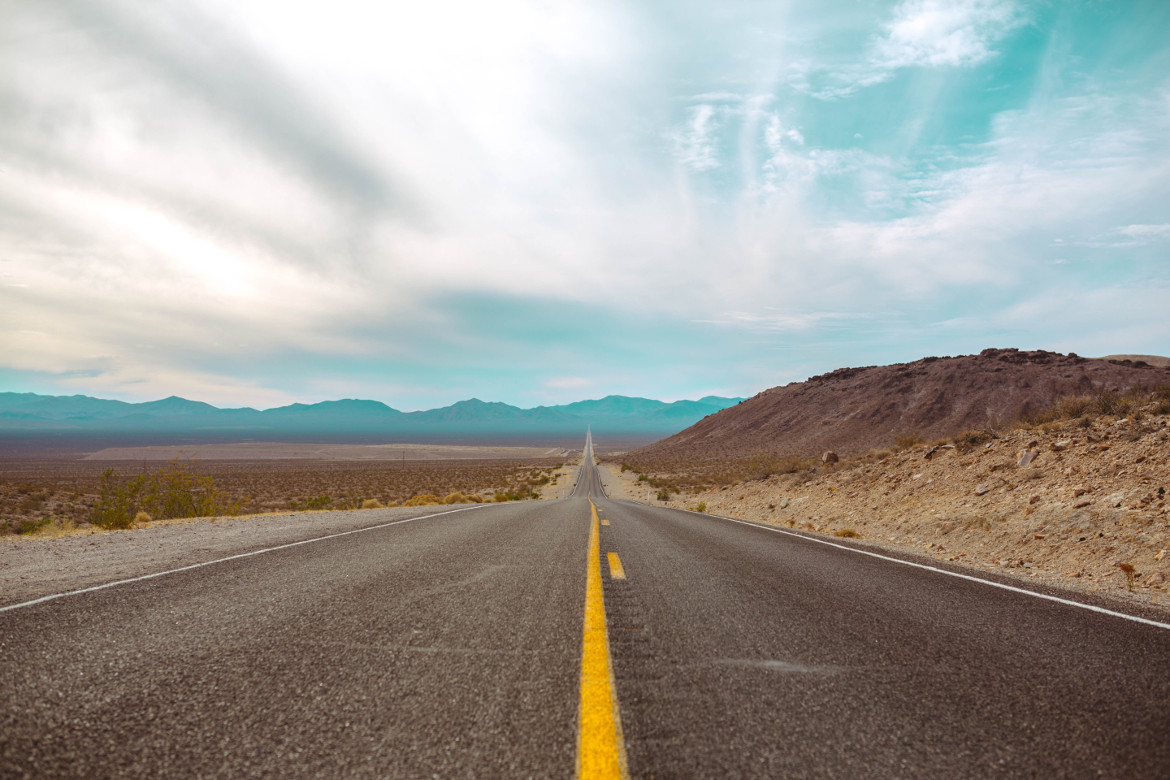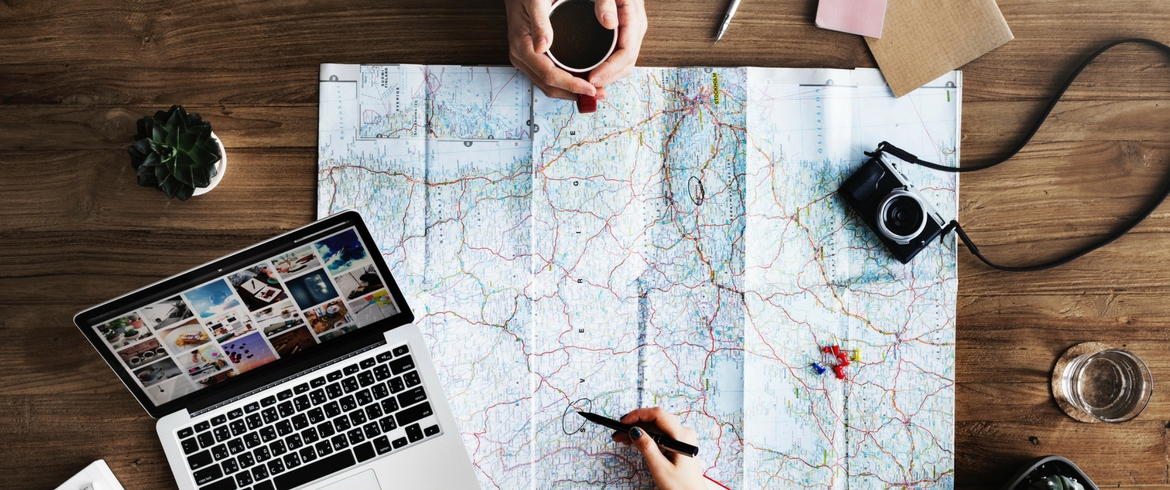Travel is obviously connected to the idea of a means of transport and among all, flying is usually placed at number one.
Fast, safe, low-cost: the plane is the most used means of transport when it comes to cover long distances in a small time on a budget.
What better means of transport to represent times like these, where everything is so fast?
Travelling without plane
However, in the last years, a new trend has quickly grown: we’re talking about slow travel, where the journey becomes part of the experience.
This little revolution is being promoted by the experience of many writers and bloggers: an example is Federico Pace with his book Senza Volo (Einaudi, 2008) in which he explains the pros and cons of every means of transport. Or Graziano Viviani, that has travelled 400 km on foot in the Italian Apennines, through 4 regions 11 provinces and 3 natural parks.
Along with ecological reasons, to travel without flying means a shift in how we consider a vacation, which then becomes a real and actual journey in its traditional sense: distances get real and we aren’t tourists anymore, but travelers.

How to travel without airplane?
But how can we translate this into action?
Solutions are so many and they’re much easier than you think.
If you travel in Europe, an answer is Interrail. A plan has recently been approved: it guarantees to whoever lives in Europe and is born after 2000 a free pass to travel in 30 European countries. (info here: https://www.interrail.eu/it/pass-interrail )
Less conventional solutions are for example findacrew.net, a site where you can search for a boat-ride and owners of boats or you can build your own crew online.
Or again you can choose to ride with Flixbus, ferries or hitchhiking.

And there is also the chance to travel in a totally sustainable way if you travel by bicycle or on foot.
Cycling tourism is on the increase: there are many websites dedicated to it (here you can find, for example, a list of all cycle routes in Europe) but also territorial projects like VENTO, a cycle path project of 679 km that ,when realized, would connect Torino to Venice.
Travel on foot is also subject to hundreds of blogs, articles, and books.
Mattia Miraglio, a 29 years old guy from Savigliano, narrates his experience in the book A passo d’uomo: he walked for 11.000 km from Piedmont to New Zealand.
Travel without flying is both a way to support sustainable tourism and to transform your journey into an actual life experience.
Possibilities are endless: leave behind the hustle and the bustle and leave for an adventure!
Author: Giulia Fontana
Cover image: ph by Rawpixel, via unsplash
